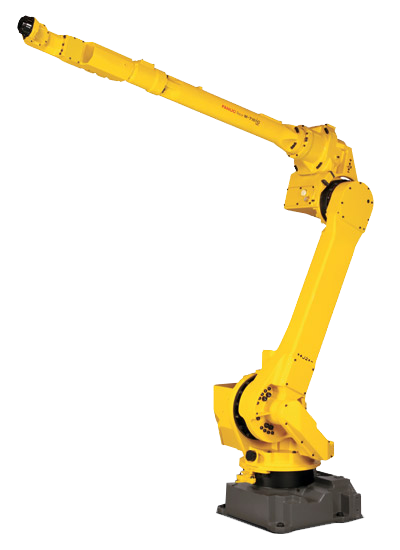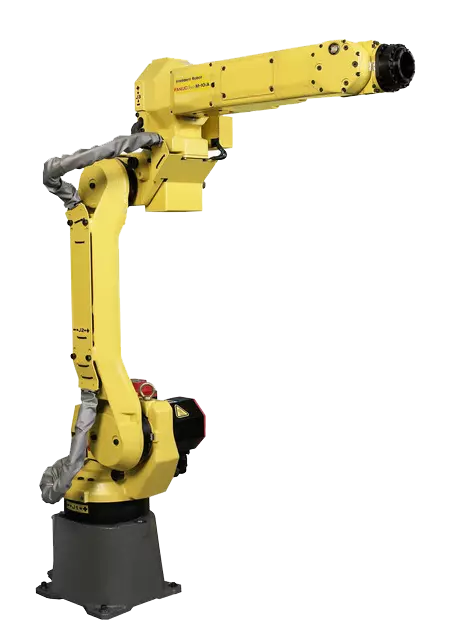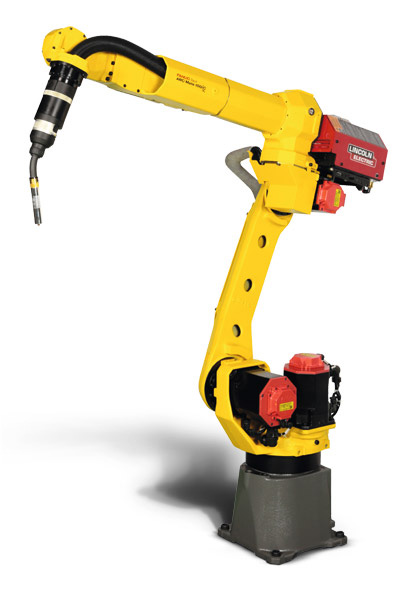Reducing Costs with Robots
Rising costs is a major concern for many manufacturers and has led to the increase of automation with industrial robots. Automating with robots reduces costs associated with manufacturing processes allowing companies to stay competitive, expand into global markets, and produce healthier bottom lines.
Costs of human labor in manufacturing has been steadily increasing over the past several decades. Not only are labor costs increasing for workers, but companies are having a difficult time finding and retaining labor as manufacturing jobs are becoming more undesirable. Meanwhile the costs associated with hourly robot operation have been on the decline as prices for robotic systems have become more affordable over the years. Studies are estimating that labor cost savings in the U.S. will be over 22% by 2025 through automation with industrial robots.
With industrial robots the majority of their cost is paid upfront in their initial purchase. Manufacturers do not have to provide robots with salaries, paid time off, or any additional compensation, providing significant savings in labor costs. In addition, industrial robots are designed to handle hazardous and laborious jobs, unlike humans. With workers there is always the risk of liability for manufacturers due to on the job injuries or accidents. Replacing workers with robots eliminates costs associated with liability expenses, while workers can be moved to safer environments. Not only do hazardous jobs create potential injury compensation expenses for companies, but there are also higher costs due to the need for protective equipment. A welder will require safety glasses, a welding helmet, gloves, and other protective gear, while a FANUC Arcmate 100ic does not need any of these items further reducing manufacturing expenses.
Utility costs associated with manufacturing facilities can also be reduced through the integration of robots. Robots are capable of operating without heat or air conditioning. Advancements in robotic vision systems have made robots capable of operating in dim or low light settings while still providing improved accuracy. Reducing the utilities used in manufacturing facilities can result in major expense savings for companies.
Automating production floors with industrial robots can also reduce wasted materials and time to further keep costs in check. Wasted materials can significantly drive up expenses and even the most skilled worker can make mistakes resulting in the scrapping of workpieces. Robots reduce material waste with their precision. An ABB IRB 2600-12 is programmed with the exact application parameters to prevent workpiece damage or the overuse of materials during production. Eliminating errors not only saves material costs but also on cycle times. Taking additional time to correct mistakes or start over increases cycle time and costs overall. Robots make wasted time an issue of the past with their accuracy as all workpieces are completed correctly the first time. Their higher throughput rates allow for more products to reach consumers in shorter cycle times increasing profit margins.




